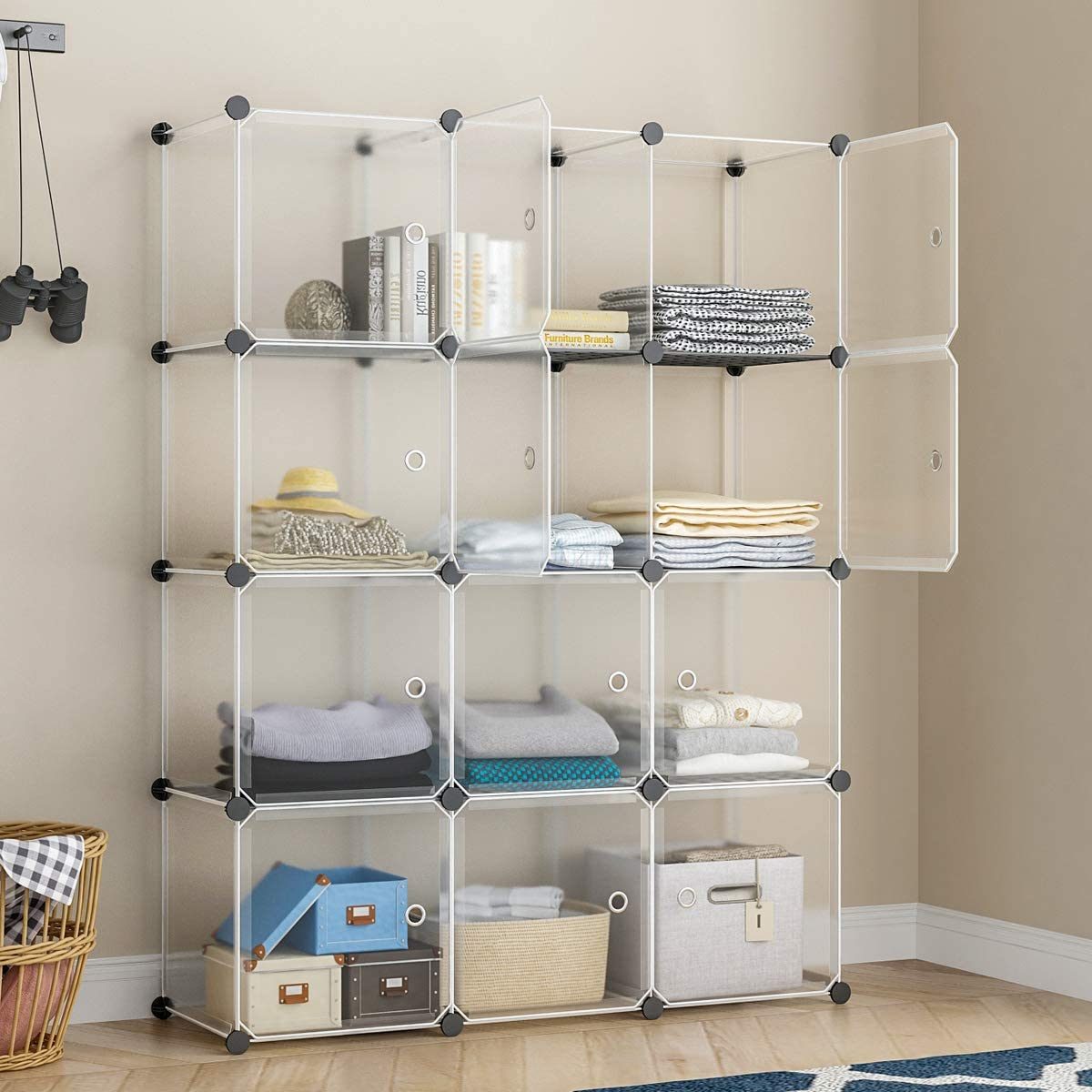

Articles
How To Store Lots Of Clothes In A Small Space
Modified: January 9, 2024
Learn how to store articles of clothing efficiently in small spaces. Maximize your storage and keep your clothes organized with these space-saving tips.
(Many of the links in this article redirect to a specific reviewed product. Your purchase of these products through affiliate links helps to generate commission for Storables.com, at no extra cost. Learn more)
Introduction
Having limited space doesn’t mean you have to compromise on your clothing storage. Whether you live in a small apartment, a tiny house, or even a dorm room, there are plenty of creative solutions to help you store lots of clothes in a small space. By maximizing every inch of available space and utilizing smart organization techniques, you can create a functional and stylish storage system that fits your needs.
In this article, we will explore various strategies and tips to help you make the most of your limited space. From decluttering and organizing to utilizing vertical space and investing in space-saving hangers, we will cover everything you need to know to create an efficient and organized clothing storage system.
Before diving into the specifics, it’s important to assess the available space you have for storing your clothes. Take a look at your closet, bedroom, and any other storage areas to identify how much space you have to work with. This will help you determine which strategies will be most effective for your situation. Remember, every space is unique, so feel free to adapt these ideas to fit your specific needs.
Now, let’s get started and explore the different ways you can maximize your clothing storage in a small space!
Key Takeaways:
- Maximize your small space by utilizing vertical storage solutions, space-saving hangers, and smart organization techniques to create an efficient and stylish clothing storage system that suits your individual needs.
- Consider creating a capsule wardrobe, utilizing under-bed storage, and investing in garment racks to maximize your clothing storage in a small space while maintaining a clutter-free and visually appealing environment.
Read more: How To Store A Lot Of Shoes
Assessing your Available Space
Before you start organizing your clothes, it’s important to assess the available space you have. This will help you determine how much clothing you can realistically store and which organization methods will work best for your specific situation. Here are a few steps to follow when assessing your available space:
- Measure your space: Start by measuring the dimensions of your closet, bedroom, or any other storage areas where you plan to keep your clothes. Knowing the exact measurements will help you make better decisions when selecting storage solutions.
- Purge unnecessary items: Take a critical look at your clothing collection and decide whether there are any items you no longer wear or need. Consider donating or selling these items to create more space for the clothes you actually use.
- Consider alternative storage areas: If your closet space is limited, think outside the box and consider alternative storage areas. This could include under-bed storage, corner shelves, or even using a freestanding garment rack if space allows.
- Assess your lifestyle: Think about your lifestyle and how it influences the clothes you own. If you have a lot of formal wear or specific season-specific clothing, you might need to allocate more space or consider storage solutions like vacuum-sealed bags for off-season items.
- Take inventory of your clothing: Take stock of the types of clothing you own and their specific storage requirements. For example, dresses may require longer hanging space, while folded items like t-shirts can be stacked more efficiently.
- Consider visibility and accessibility: When organizing your clothes, consider how easily you can see and access different items. Optimize your storage system to make it effortless to find and retrieve the clothes you need.
By following these steps and carefully assessing your available space, you can lay the foundation for an effective clothing storage system. With a clear understanding of your space limitations and requirements, you’ll be able to make informed decisions as you move forward with organizing your clothes.
Decluttering and Organizing
Before you start storing your clothes in a small space, it’s crucial to declutter and organize your wardrobe. This will help you make the most of the available space while ensuring that only the items you love and wear regularly are taking up valuable storage real estate. Here are some tips to help you declutter and organize effectively:
- Set aside dedicated time: Decluttering and organizing can be time-consuming, so set aside a specific time to focus on this task. This will help you stay committed and avoid distractions.
- Sort by category: Start by grouping similar items together, such as tops, dresses, pants, and accessories. This will make it easier to see how much you have of each category and make decisions on what to keep and what to let go.
- Practice the KonMari method: Consider using the KonMari method, popularized by Marie Kondo, which encourages you to keep only items that spark joy. Hold each item in your hands and ask yourself if it brings happiness and serves a purpose.
- Donate or sell unwanted items: If you come across clothing items that no longer fit or that you no longer love, consider donating them to a local charity or selling them online. Not only will this free up valuable space, but it will also give your unwanted clothes a new life.
- Invest in storage solutions: Once you have decluttered, invest in smart storage solutions that optimize the space you have. This could include hanging organizers, drawer dividers, or shelf inserts to maximize vertical space.
- Create a system: Organize your clothes in a way that makes sense to you. This could be organizing by color, season, or frequency of use. Having a system in place will make it easier to find what you’re looking for and keep your small space organized.
- Regularly reassess your wardrobe: To prevent clutter from building up over time, make it a habit to regularly reassess your wardrobe. Set a reminder to go through your clothes every few months and remove any items that are no longer being worn.
By taking the time to declutter and organize your clothes, you’ll free up valuable space in your small storage area. Not only that, but you’ll also create a more streamlined and efficient system that makes it easy to find and enjoy your favorite clothes.
Utilizing Vertical Space
When it comes to maximizing clothing storage in a small space, one of the most effective strategies is to utilize vertical space. By making use of the full height of your storage area, you can significantly increase your storage capacity. Here are some ideas to help you utilize vertical space:
- Invest in tall shelving units: Opt for tall shelves or bookcases that reach all the way to the ceiling. This will provide you with ample vertical storage space for folded items, shoes, and accessories.
- Use stackable storage bins: Utilize stackable storage bins or crates to make the most of vertical space. These can be used to store folded clothes, accessories, or even shoes. Label the bins for easy identification.
- Install floating shelves: Floating shelves are a versatile storage solution that can be installed on any empty wall space. Use them to store folded clothes or display your favorite accessories, creating both functionality and visual interest.
- Hang shelves above hanging rods: Install shelves above your hanging rods to store items such as hats, bags, or folded sweaters. This will help maximize the vertical space in your closet.
- Consider a hanging shoe organizer: Hang a shoe organizer with multiple pockets on your closet door or wall. This will keep your shoes off the floor while utilizing vertical space efficiently.
- Utilize over-the-door storage: Install over-the-door storage units or hooks to hang items such as scarves, belts, or ties. This not only saves space but also keeps accessories within easy reach.
- Use a ladder-style garment rack: Opt for a ladder-style garment rack that leans against the wall. This space-saving solution provides hanging space for clothes without taking up too much floor space.
By thinking vertically and utilizing the height of your storage area, you can make the most of your small space. These strategies will help you store more clothes and keep them organized, freeing up floor space for other storage needs.
Maximizing Closet Space
When it comes to storing clothes in a small space, maximizing your closet space is essential. Your closet is likely the primary storage area for your clothes, so optimizing its layout and functionality will significantly impact your storage capacity. Here are some tips to help you maximize your closet space:
- Use slim hangers: Replace bulky hangers with slim, space-saving hangers. These will allow you to hang more clothes in the same amount of space.
- Double up on hanging rods: If your closet has enough vertical space, consider installing a second hanging rod to double the hanging capacity. This works particularly well for shorter items like shirts and blouses.
- Utilize cascading hangers: Invest in cascading hangers that allow you to hang multiple garments vertically from a single hook. This is especially useful for organizing skirts, pants, or accessories.
- Hang hooks on the inside of the closet door: Attach hooks on the inside of your closet doors to hang items like bags, belts, or scarves. This will free up space within the closet itself.
- Optimize shelf space: Utilize the shelves in your closet by folding and stacking items like sweaters or jeans. Use shelf dividers to keep them neat and organized.
- Consider a hanging sweater organizer: Hang a sweater organizer on your closet rod to store folded sweaters or other bulky items. This will help save shelf space for other clothing items.
- Install pull-out drawers or bins: Maximize the space under your hanging clothes by installing pull-out drawers or bins. These are ideal for storing underwear, socks, or folded items.
- Use clear shoe boxes or shoe organizers: Store your shoes in clear shoe boxes or hanging shoe organizers to keep them visible and easily accessible. This will also help save floor space.
- Utilize the top shelf: Make use of the top shelf in your closet by storing out-of-season or less frequently used items in labeled bins or storage boxes.
By implementing these closet space-saving techniques, you can optimize your storage capacity and keep your clothes organized and easily accessible. It’s important to make the most of every inch of available space, and these tips will help you do just that.
Using Space-Saving Hangers
When it comes to maximizing clothing storage in a small space, choosing the right hangers can make a significant difference. Space-saving hangers are designed to maximize closet space by reducing bulk and allowing you to hang more clothes in the same amount of space. Here are some space-saving hanger options:
- Thin velvet hangers: Thin velvet hangers are a popular choice for maximizing closet space. They are slim, non-slip, and take up less space compared to traditional hangers.
- Cascading hangers: Cascading hangers allow you to hang multiple garments vertically from a single hook. These hangers are ideal for organizing skirts, pants, or scarves in a compact way.
- Hanging chains: Hanging chains are a simple but effective space-saving solution. Attach multiple chains horizontally across your closet rod, and then use S-hooks to hang multiple items on each chain.
- Tiered hangers: Tiered hangers are designed with multiple tiers to hang multiple garments vertically from one hanger. This is a great option for organizing tank tops, camisoles, or ties.
- Huggable hangers: Huggable hangers are slim, durable, and feature a velvety surface to prevent clothes from slipping off. Their slim profile allows for more items to be hung in the same space.
- Magic hangers: Magic hangers are innovative space-saving hangers that allow you to hang multiple garments in a vertical cascade. They are perfect for maximizing vertical space in your closet.
- Clip hangers: Clip hangers are useful for organizing skirts and pants. They take up minimal horizontal space and keep your garments neatly hung and wrinkle-free.
By using space-saving hangers, you can make the most out of your closet space and store more clothes in a smaller area. They help declutter your closet and make it easier to see all your clothing options at a glance. Consider investing in these hangers to optimize your clothing storage in a small space.
Using Storage Bins and Baskets
Storage bins and baskets are essential tools for efficient clothing storage in a small space. They help keep your clothes organized, accessible, and protected from dust or damage. Here’s how you can effectively use storage bins and baskets:
- Choose the right size: Select storage bins and baskets that fit well in your available space. Measure your shelves, closet floors, or under-bed area to ensure you choose the appropriate size.
- Sort and categorize: Group similar items together and decide how you want to categorize your clothes. For example, you can have separate bins for sweaters, t-shirts, or accessories. This will make it easier to find specific items when you need them.
- Label your bins: Adding labels to your storage bins will help you quickly identify the contents inside. You can use adhesive labels, chalkboard labels, or even masking tape and a marker to create easy-to-read labels.
- Utilize vertical space: Stack your storage bins vertically to make the most of your available space. You can use stacking shelves or furniture risers to create multiple levels of storage.
- Store under the bed: Utilize the space under your bed by using storage bins specifically designed to fit underneath. This is an ideal area to store out-of-season clothing or rarely worn items.
- Use transparent bins: Opt for transparent or semi-transparent storage bins to easily see the contents inside without having to open each bin. This allows for quick identification and retrieval of clothing items.
- Consider breathable bins: If you’re storing delicate or seasonal items like woolens, choose breathable storage bins that allow air circulation and prevent moisture buildup.
- Label your seasonal bins: If you rotate your clothes seasonally, label your bins accordingly. This makes it easier to swap out clothes when the seasons change.
- Utilize basket storage: Wicker baskets or fabric baskets can be used to store smaller items like scarves, hats, or accessories. They can be placed on shelves or inside drawers for easy access.
Using storage bins and baskets helps you maximize your available space, keep your clothes organized, and create a clutter-free environment. Whether you store them on shelves, under the bed, or in closets, these storage solutions are essential for effective clothing storage in a small space.
Utilizing Under-Bed Storage
When it comes to small space living, one area that is often overlooked for storage potential is under the bed. Utilizing under-bed storage is a smart and efficient way to maximize your clothing storage options. Here are some tips to effectively use the space under your bed:
- Choose the right storage containers: Look for slim, low-profile storage containers that will fit comfortably under your bed. Clear plastic bins or flat fabric storage bags are popular options as they allow for easy visibility and accessibility.
- Measure the height clearance: Before selecting storage containers, measure the height clearance under the bed. This will ensure that the containers you choose can easily slide in and out without any issues.
- Sort and categorize: Similar to other storage methods, sorting and categorizing your clothes is essential. Group similar items together and consider using dividers or smaller containers within the larger storage container to keep things organized.
- Store out-of-season clothing: Under-bed storage is ideal for storing out-of-season clothing. This frees up valuable closet space and ensures that your current season’s clothing is easily accessible.
- Label your storage containers: Add labels or tags to your storage containers so you can easily identify what’s inside. This will prevent you from having to open each container to find specific items.
- Utilize vacuum-sealed bags: Vacuum-sealed bags are a great option for under-bed storage, as they compress the clothing and maximize space. They are particularly useful for bulky items like winter coats, blankets, or pillows.
- Protect your clothes: Consider adding moisture-absorbing packets or cedar blocks to the storage containers to protect your clothes from moisture, odors, and pests. This is especially important for long-term storage.
- Make use of bed risers: If your bed sits low to the ground, consider using bed risers to create additional vertical space. This will allow for larger or taller storage containers to be stored underneath.
- Regularly assess and rotate: As the seasons change, regularly assess the items in your under-bed storage and rotate accordingly. This ensures that you always have easy access to the clothes you need.
Utilizing under-bed storage is a clever way to make use of otherwise unused space in a small room. By following these tips, you can maximize your clothing storage capacity while maintaining a neat and organized living area.
Use slim, space-saving hangers to maximize closet space. Utilize under-bed storage containers for off-season clothing. Consider adding a hanging organizer on the back of the door for shoes or accessories.
Using Wall Hooks and Racks
When you have limited floor or closet space, utilizing the verticality of your walls can be a game-changer. Wall hooks and racks are versatile storage solutions that can help you maximize your clothing storage in a small space. Here’s how you can effectively use wall hooks and racks:
- Assess your available wall space: Take a look at the walls in your room and identify areas where you can install hooks or racks. This could be empty walls in your bedroom, hallway, or even behind doors.
- Choose the right hooks and racks: Select hooks and racks that are sturdy and designed to hold the weight of your clothing items. Look for hooks with multiple prongs or racks with multiple hooks to maximize storage capacity.
- Hang hooks behind doors: Install hooks on the back of your bedroom or closet doors to hang items like jackets, hats, bags, or scarves. This utilizes otherwise wasted space and keeps frequently used items easily accessible.
- Use hooks on walls: Install hooks directly on the walls to hang items like dresses, coats, or belts. Arrange the hooks in a visually pleasing pattern or use them to create a statement wall while providing practical storage solutions.
- Consider a wall-mounted clothing rack: If you have space, a wall-mounted clothing rack can be a stylish and functional addition to your room. Use it to hang frequently worn or favorite clothing items.
- Create a gallery wall with hooks: Combine aesthetics and functionality by creating a gallery wall with decorative hooks. Hang artwork or mirrors alongside hooks to provide storage for bags, scarves, or jewelry.
- Hang a wall-mounted shoe rack: Utilize wall-mounted shoe racks to free up floor space and store your shoes in a neat and organized manner. This works especially well for small spaces where floor shoe storage is limited.
- Use hooks for accessory storage: Hang small hooks to store and display accessories like necklaces, belts, or hats. This ensures they stay untangled and easily accessible.
- Utilize the space above desks or dressers: Install hooks or racks above desks or dressers to hang items like blazers, cardigans, or handbags. This makes use of vertical space and keeps your clothes within reach while getting ready.
Using wall hooks and racks allows you to take advantage of vertical space while adding functional and decorative elements to your room. Experiment with different placements and arrangements to create a storage solution that fits your style and storage needs.
Utilizing Door and Over-the-Door Storage
When it comes to maximizing clothing storage in a small space, don’t overlook the potential of your doors. Door and over-the-door storage solutions are practical and space-saving options that can help you maximize storage capacity. Here’s how you can effectively utilize door and over-the-door storage:
- Assess your available doors: Take a look at the doors in your room, including closet doors and bedroom doors. These doors provide valuable vertical space that can be utilized for storage.
- Install over-the-door hooks or racks: Over-the-door hooks or racks are easy to install and can provide additional hanging space for items like towels, robes, or coats. They are especially useful in bathrooms or entryways.
- Utilize over-the-door shoe organizers: Over-the-door shoe organizers are versatile storage solutions that can hold a variety of items beyond just shoes. Use them to store accessories, small clothing items, or even cleaning supplies.
- Hang a mirror with built-in storage: Choose a mirror with hooks or compartments built into the frame to provide storage for jewelry, scarves, or small accessories. This combines functionality and style in one piece.
- Store frequently used items: Utilize over-the-door storage for items you frequently need, such as handbags, belts, or hats. This keeps them easily accessible while maximizing your storage space.
- Install a hanging jewelry organizer: Hanging jewelry organizers with clear pockets or compartments are perfect for storing and displaying your jewelry collection. Hang them on the inside of your closet door or bedroom door for easy access.
- Use an over-the-door ironing board holder: If space is limited, consider using an over-the-door ironing board holder to keep your ironing board out of the way when not in use.
- Consider fabric or mesh organizers: Fabric or mesh storage organizers that hang over the door can be used to store folded clothes, accessories, or even small shoes. They are lightweight and flexible, making them easy to install and remove.
- Utilize vertical space in small closets: If your closet space is limited, over-the-door storage can provide valuable space for additional clothes, accessories, or shoe storage.
Using door and over-the-door storage solutions helps maximize your space by utilizing vertical areas that are often overlooked. By incorporating these storage solutions, you can declutter your space and create an efficient storage system for your clothes and other belongings.
Folding and Rolling Techniques for Efficient Storage
When it comes to efficient clothing storage in a small space, how you fold and roll your clothes can make a significant difference. By utilizing space-saving folding and rolling techniques, you can optimize the use of your storage areas. Here are some techniques to help you fold and roll your clothes efficiently:
- Use the KonMari method: The KonMari method, developed by Marie Kondo, emphasizes folding clothes in a specific way to maximize space. This method involves folding clothes into neat rectangles and standing them upright in drawers or bins.
- Fold clothes to fit specific storage containers: Adapt your folding technique based on the size and shape of your storage containers. For example, fold clothes into smaller rectangles to fit narrow bins or roll them to fit cylindrical containers.
- Fold heavier items: For bulkier items like sweaters or jeans, folding them in half lengthwise before folding them in thirds will help reduce the amount of space they occupy.
- Roll lightweight clothing items: Roll lightweight items like t-shirts, leggings, or pajamas to save space and prevent creasing. Rolling clothes also makes them more visible and easily accessible.
- Fold socks and underwear efficiently: Fold socks and underwear into neat bundles to save space and keep them organized. Pair socks together before folding them or tuck one sock into the other to prevent them from getting separated.
- Fold items to suit your storage method: If you prefer to stack clothes vertically, fold them in a way that allows for easy visibility and access to each item. Fold clothes into uniform sizes to create a neater and more organized appearance.
- Use dividers or compartments: Utilize dividers or small compartments within drawers or storage bins to keep folded clothes separate and prevent them from becoming messy or mixed together.
- Consider vacuum-sealed bags for seasonal clothing: Vacuum-sealed bags are a great option for storing seasonal clothing items. They compress the clothing and reduce the amount of space they occupy, making them ideal for long-term storage.
- Label your storage containers: As you fold and store clothes, label your storage containers or use transparent bins to easily identify the contents inside. This saves time when searching for specific items.
By effectively folding and rolling your clothes, you can save space and keep your clothing storage more organized. Experiment with different folding techniques to find what works best for your specific items and storage containers.
Using Vacuum-Sealed Bags for Seasonal Clothing
When it comes to storing seasonal clothing in a small space, vacuum-sealed bags are a game-changer. These bags help compress your clothes, reducing the amount of space they occupy and keeping them protected from moisture, dust, and insects. Here’s how you can effectively use vacuum-sealed bags for seasonal clothing storage:
- Sort and organize: Before packing away your seasonal clothing, take the time to sort and organize them. Separate them into categories such as winter or summer items, and further divide them by type, if desired.
- Clean and prepare: Ensure that all clothing is freshly washed or dry cleaned before packing them into vacuum-sealed bags. This helps prevent any lingering odors or stains from setting in while the clothing is in storage.
- Select appropriate bags: Choose high-quality vacuum-sealed bags that are large enough to hold your clothing items comfortably. Opt for bags that have a sturdy seal to prevent any air leaks during the suction process.
- Fold and stack: Carefully fold and stack your clothing items inside the bags. If needed, place tissue paper or fabric sheets between delicate fabrics to protect them from any potential wrinkling or damage.
- Seal the bags: Once your clothing is packed inside the bags, seal them tightly using the provided closure mechanism, typically a ziplock or a zip tie. Ensure that the seal is secure and airtight.
- Remove air using a vacuum cleaner: Use a vacuum cleaner with a hose attachment to remove the air from the bags. Place the nozzle on the designated valve of the bag and start the suction process. Watch as the bag compresses, and the air is removed, shrinking the size of the bag significantly.
- Store in a cool, dry place: After the air has been removed, store the vacuum-sealed bags in a cool, dry place. Ideally, this would be in a closet, under the bed, or any other storage area that is away from direct sunlight, moisture, or extreme temperature fluctuations.
- Label the bags: To make it easier to locate specific items, label each vacuum-sealed bag with a list or description of its contents. This will save you from having to open multiple bags to find the specific item you need.
- Consider storage rotation: As the seasons change, swap out the contents of your storage bags. Store the newly out-of-season clothing in vacuum-sealed bags and retrieve the appropriate clothing for the current season.
- Regularly check and maintain: Occasionally check your vacuum-sealed bags to ensure they are sealed properly and free from any holes or air leaks. This will help maintain the integrity of your stored clothing.
Using vacuum-sealed bags for seasonal clothing storage is an excellent way to save space and protect your clothing. With proper organization and careful packing, you can keep your seasonal items in pristine condition until they are needed again.
Using Garment Racks or Rolling Closets
When you have limited closet space or no closet at all, garment racks or rolling closets can be a valuable addition to your small space. These portable storage solutions provide extra hanging space for your clothes and can be easily moved around as needed. Here’s how you can effectively use garment racks or rolling closets:
- Choose the right size and style: Select a garment rack or rolling closet that fits well within your space and complements your room décor. Consider factors such as height, width, and weight capacity to ensure it meets your specific storage needs.
- Assess placement: Determine the best location for your garment rack or rolling closet. It could be against a wall, in a corner, or even as a room divider. Find a spot that doesn’t block the flow of the room but allows for easy access to your clothes.
- Organize by category: Group your clothes by category, such as tops, bottoms, dresses, or jackets. This will make it easier to find specific items and keep your clothing organized on the garment rack.
- Prioritize frequently worn items: Place your most frequently worn items at eye level on the garment rack for easy access. This ensures that your go-to outfits are readily available and saves you time when getting dressed.
- Use additional storage: Opt for garment racks or rolling closets that come with additional storage components. Look for racks with shelves, drawers, or hanging storage bags to maximize storage capacity.
- Consider garment bags or covers: If your space is prone to dust or you want to protect your clothes from sunlight, consider using garment bags or covers to shield your clothing items.
- Organize accessories: Utilize hooks or small hanging organizers attached to the garment rack to store accessories like belts, scarves, or jewelry. This keeps them easily accessible and prevents them from getting tangled.
- Rotate seasonally: Use garment racks to rotate your clothing seasonally. Store off-season items in vacuum-sealed bags or boxes to free up space on the rack, while keeping the current season’s clothes within reach.
- Opt for multi-tiered racks: If you have limited floor space, consider using multi-tiered racks. These racks provide vertical storage options, allowing you to hang more clothes in a smaller footprint.
- Keep it organized: Regularly assess and declutter your garment rack to keep it organized. Remove any items you no longer wear or need to free up space for new additions.
Using garment racks or rolling closets is an efficient way to extend your clothing storage options in a small space. They provide flexibility and mobility, allowing you to organize and access your clothes with ease, all while adding a stylish element to your room.
Read more: How To Store A Lot Of Jewelry
Creating a Capsule Wardrobe
A capsule wardrobe is a curated collection of versatile and timeless clothing items that can be mixed and matched to create a variety of outfits. It’s a minimalist approach to dressing that can be especially beneficial in a small space, as it helps maximize storage and minimize clutter. Here’s how you can create your own capsule wardrobe:
- Assess your personal style: Determine your personal style and the types of clothing you feel most comfortable and confident in. This will form the foundation of your capsule wardrobe.
- Evaluate your lifestyle: Consider your daily activities, work requirements, and social events to determine the types of clothing pieces that best suit your lifestyle. Focus on versatility and functionality.
- Create a color palette: Choose a cohesive color palette for your capsule wardrobe. Opt for neutral colors like black, white, gray, and navy, which can easily be mixed and matched.
- Identify key clothing categories: Determine the essential categories of clothing items that you need, such as tops, bottoms, dresses, outerwear, and shoes. Aim for a balance between basics and statement pieces.
- Select timeless and versatile pieces: Choose clothing items that are versatile and can be styled in various ways. Look for classic silhouettes, quality fabrics, and timeless patterns that will stand the test of time.
- Consider your climate and seasons: Adapt your capsule wardrobe to your regional climate and the changing seasons. Have a core collection of items that work year-round, and a few seasonal pieces that can be easily rotated.
- Stick to a set number of items: Set a limit on the number of clothing items you want in your capsule wardrobe. The exact number will vary based on personal preference and available space, but aim for a manageable amount.
- Declutter and organize: Take the time to declutter your existing wardrobe and remove items that don’t align with your capsule wardrobe vision. Organize your remaining clothing items in a way that allows for easy visibility and accessibility.
- Mix and match outfits: Experiment with different combinations of your capsule wardrobe pieces to create a variety of outfits. Focus on layering and accessorizing to add depth and variety to your looks.
- Shop intentionally: When adding new items to your capsule wardrobe, shop with intention. Consider whether the item aligns with your personal style, fits well, and can be seamlessly integrated into your existing collection.
- Regularly reassess and refine: Every few months, take the time to reassess your capsule wardrobe. Remove any items that no longer serve you or bring you joy, and consider adding new pieces that better meet your needs.
Creating a capsule wardrobe is a transformative approach to dressing and storage. It allows you to streamline your clothing collection, reduce decision fatigue, and make the most of a small space. By following these steps, you can build a versatile and functional wardrobe that reflects your personal style while maximizing your available storage.
Conclusion
When it comes to storing lots of clothes in a small space, creativity and organization are key. By utilizing the strategies and tips outlined in this article, you can transform your small space into a functional and efficient clothing storage system.
Start by assessing the available space you have and decluttering your wardrobe. Get rid of items you no longer need or wear and create a fresh canvas for your storage solutions. Utilize vertical space by investing in tall shelving units, using hooks and racks on walls, and considering over-the-door storage options for accessories.
Optimize your closet space by using slim hangers, double hanging rods, and slide-out drawers. Consider the benefits of space-saving hangers and storage bins, which help maximize your storage capacity while keeping your clothes organized and easily accessible.
Don’t forget about utilizing under-bed storage for seasonal items or investing in garment racks and rolling closets for additional hanging space. And for those who want a simplified approach to dressing, creating a capsule wardrobe is an excellent way to maximize storage and minimize clutter.
Remember to regularly reassess and refine your storage system. As your clothing needs and seasons change, adapt your storage solutions accordingly. Keep your small space organized, labeled, and functional.
In conclusion, with the right strategies and a little bit of creativity, you can store lots of clothes in a small space without sacrificing style or functionality. By maximizing every inch of available space and utilizing smart organizational techniques, you can create a clutter-free, efficient, and visually appealing storage system that suits your individual needs.
So, go ahead and tackle your small space storage challenge with confidence and enjoy the benefits of a well-organized and stylish wardrobe!
Frequently Asked Questions about How To Store Lots Of Clothes In A Small Space
Was this page helpful?
At Storables.com, we guarantee accurate and reliable information. Our content, validated by Expert Board Contributors, is crafted following stringent Editorial Policies. We're committed to providing you with well-researched, expert-backed insights for all your informational needs.
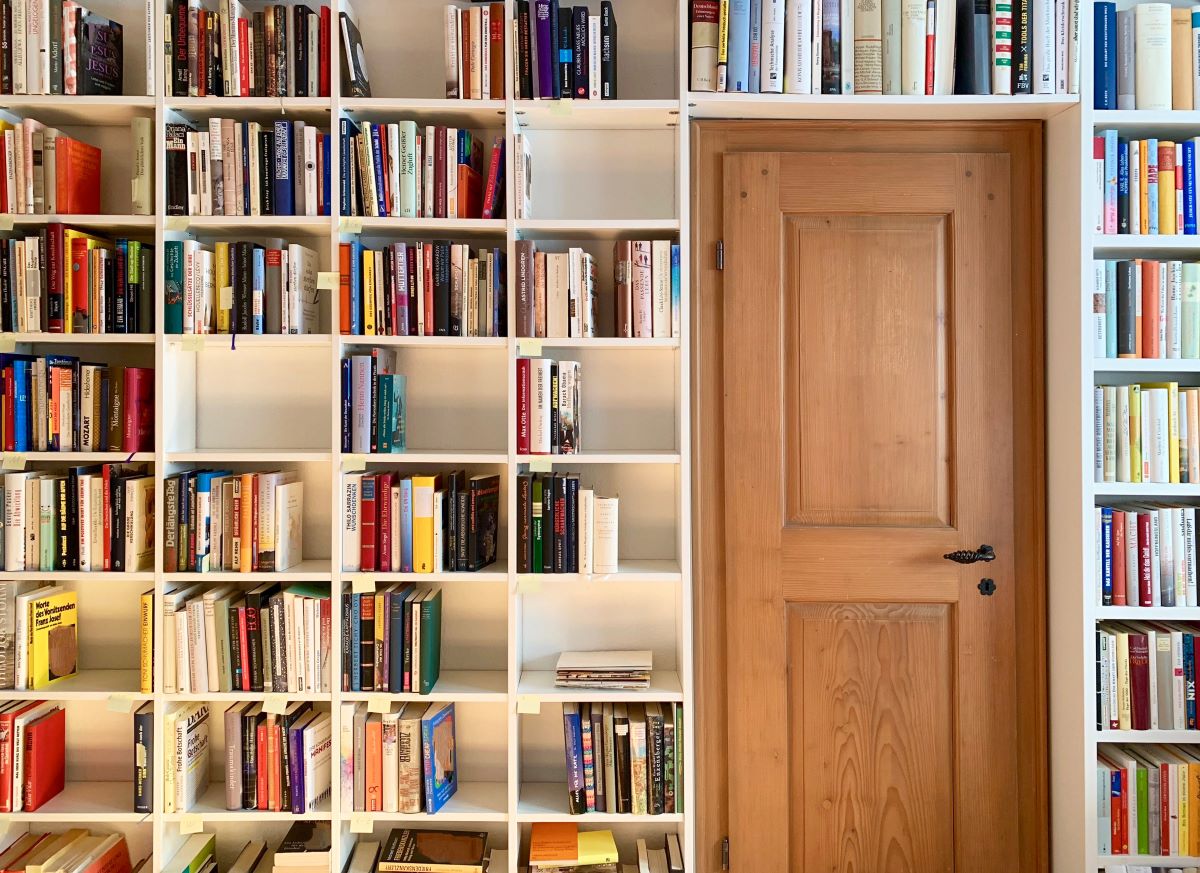
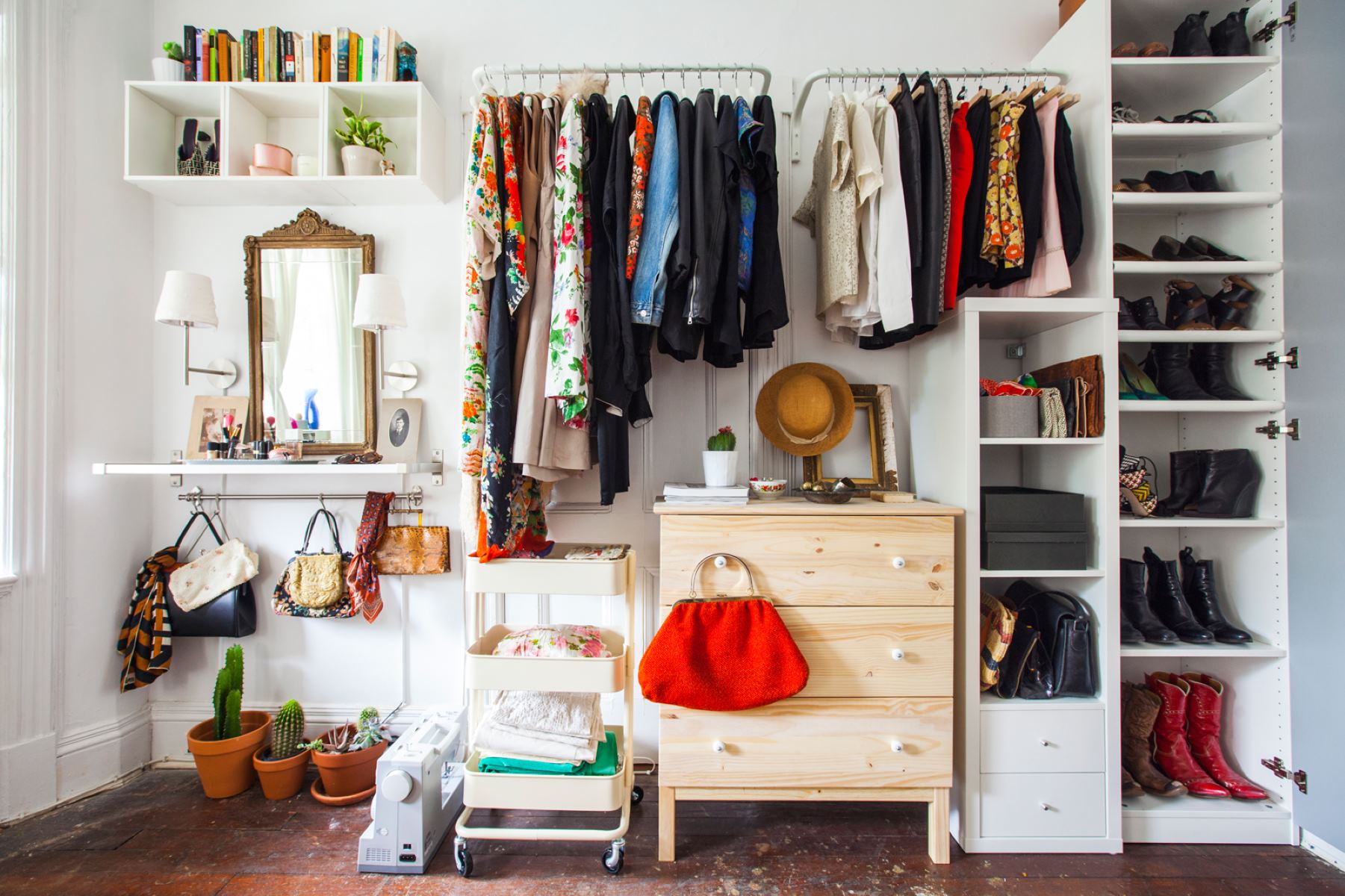
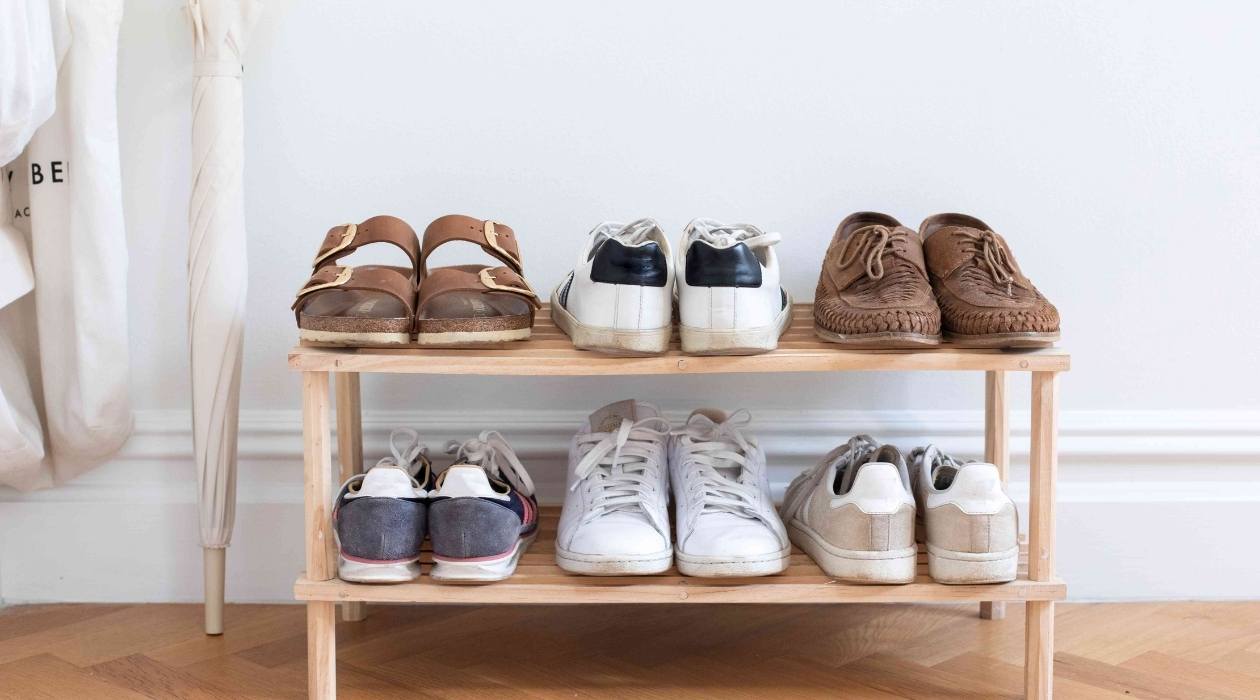
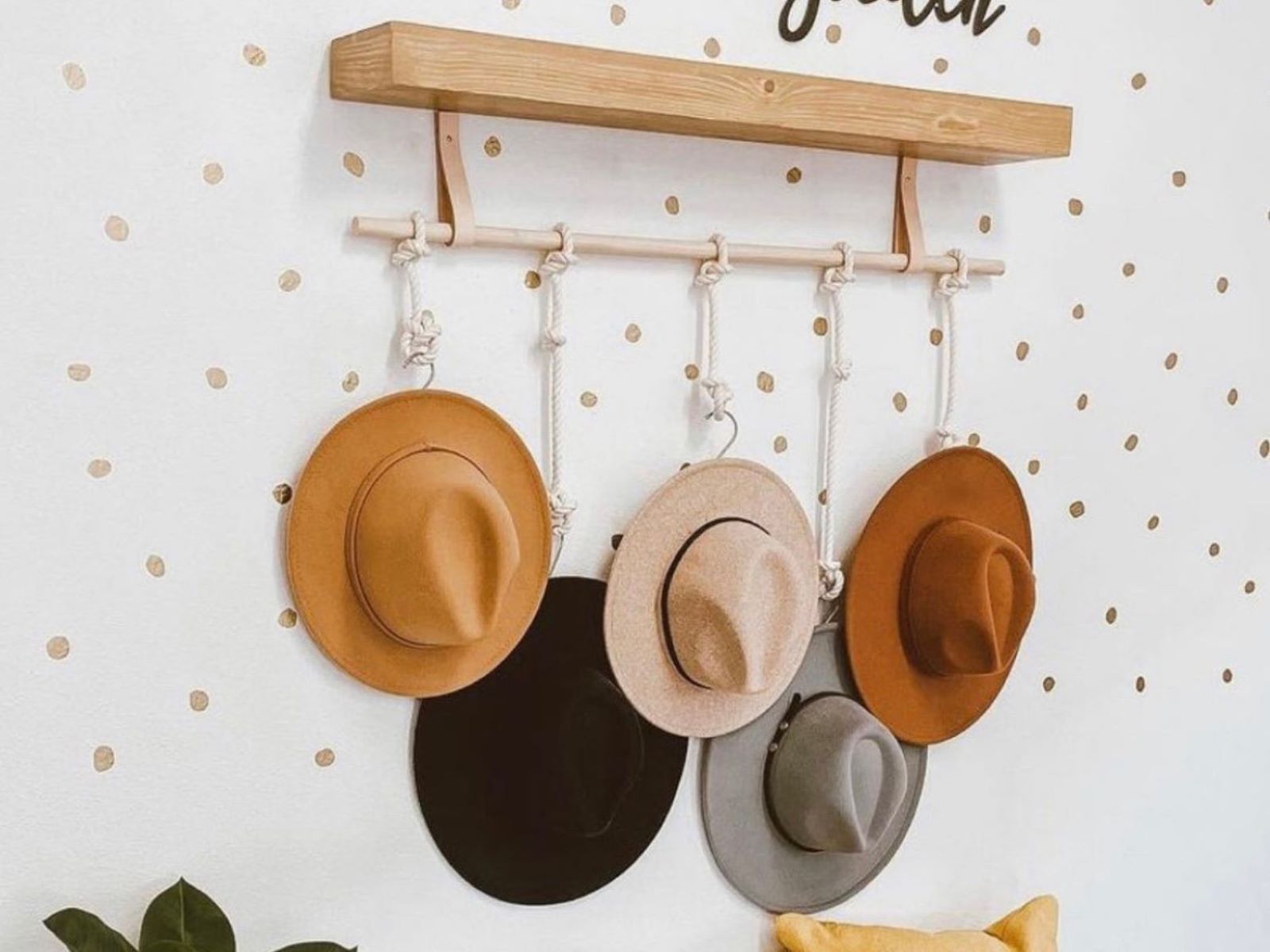
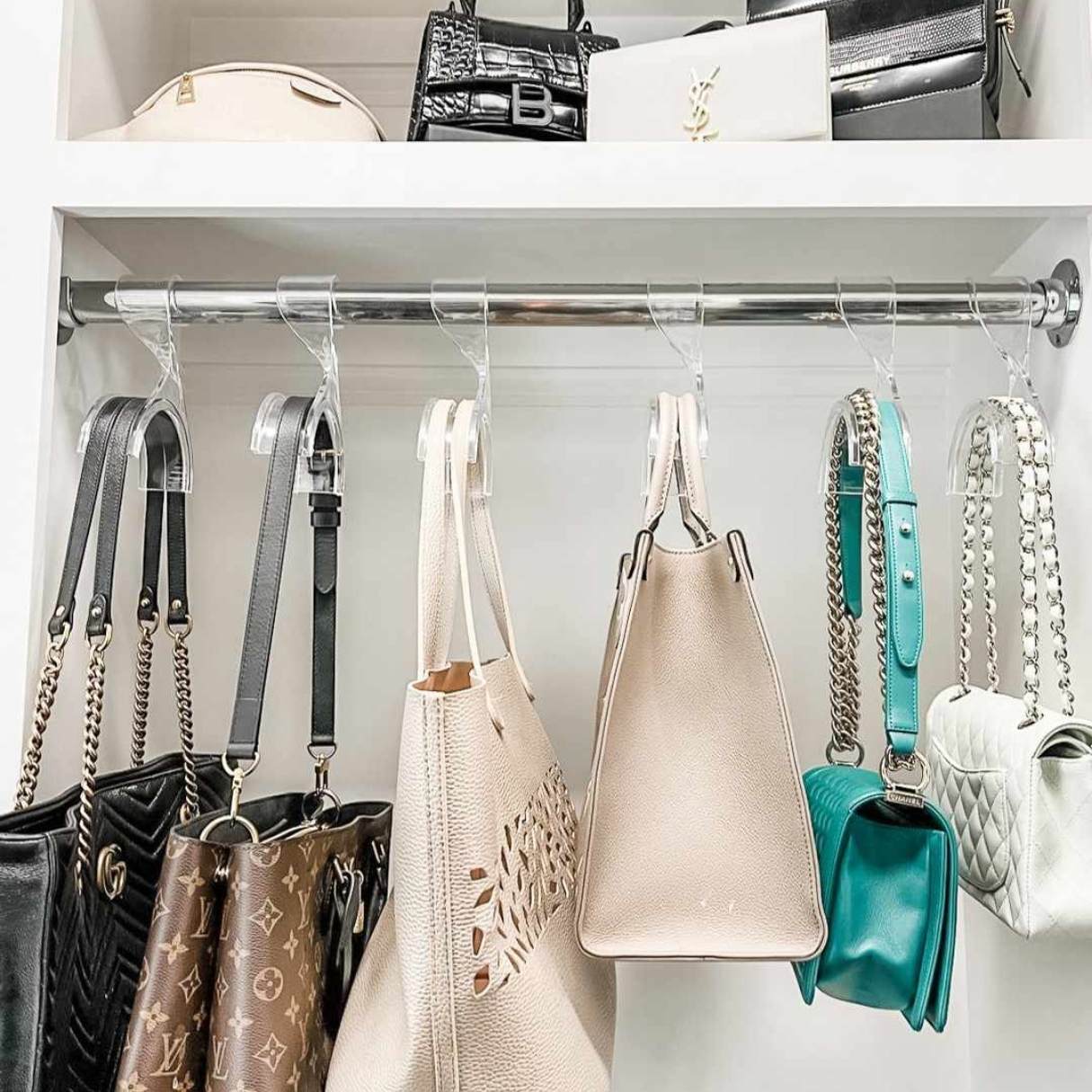
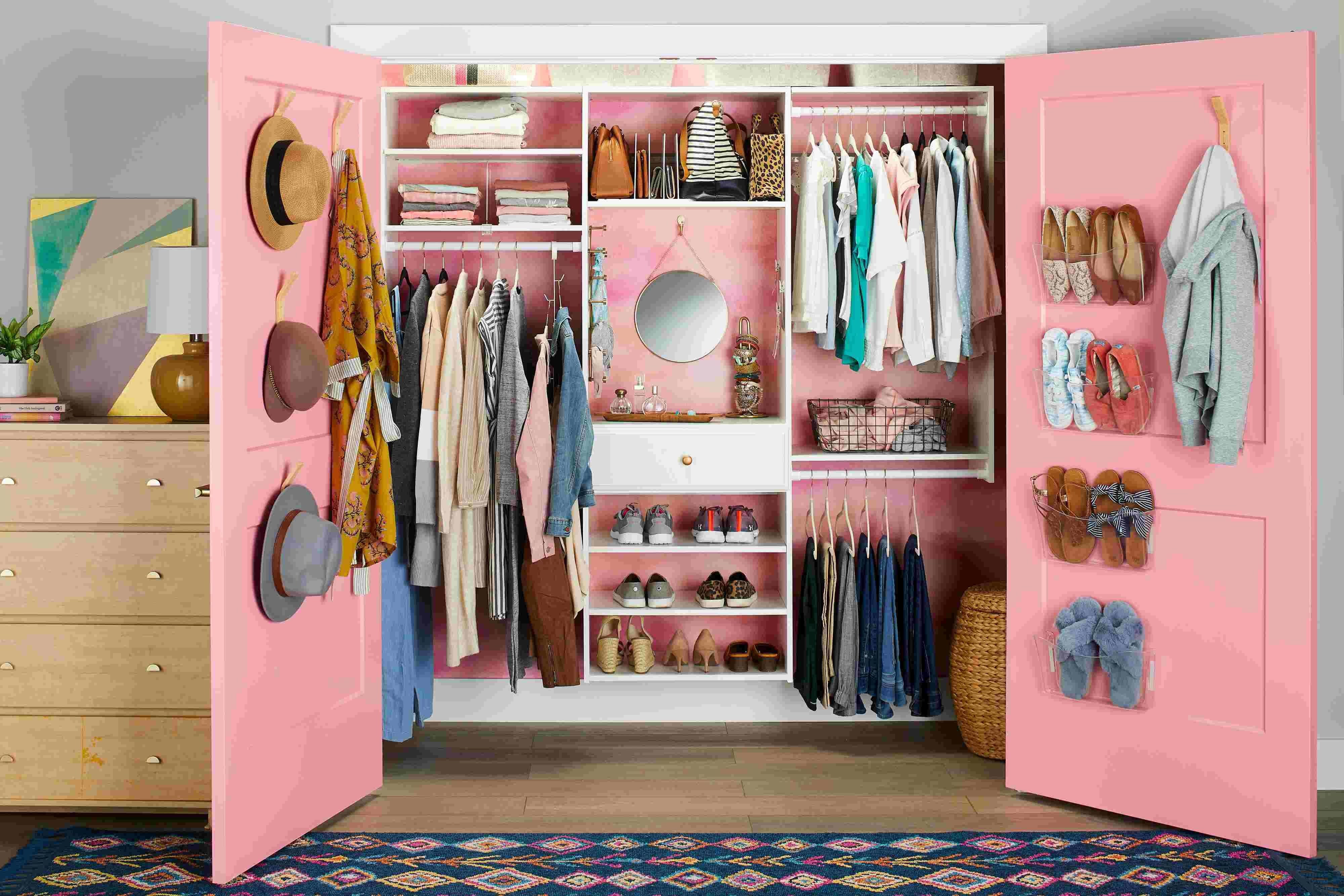
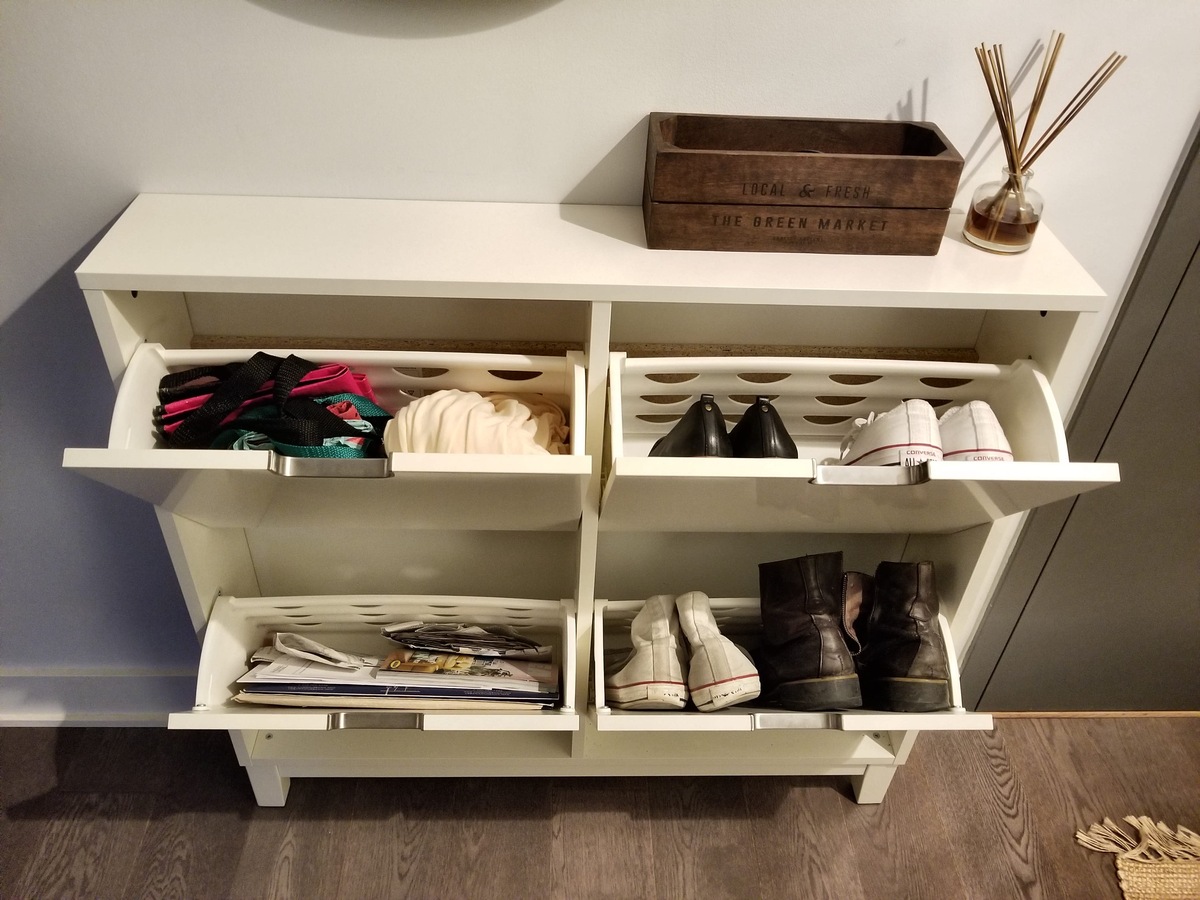
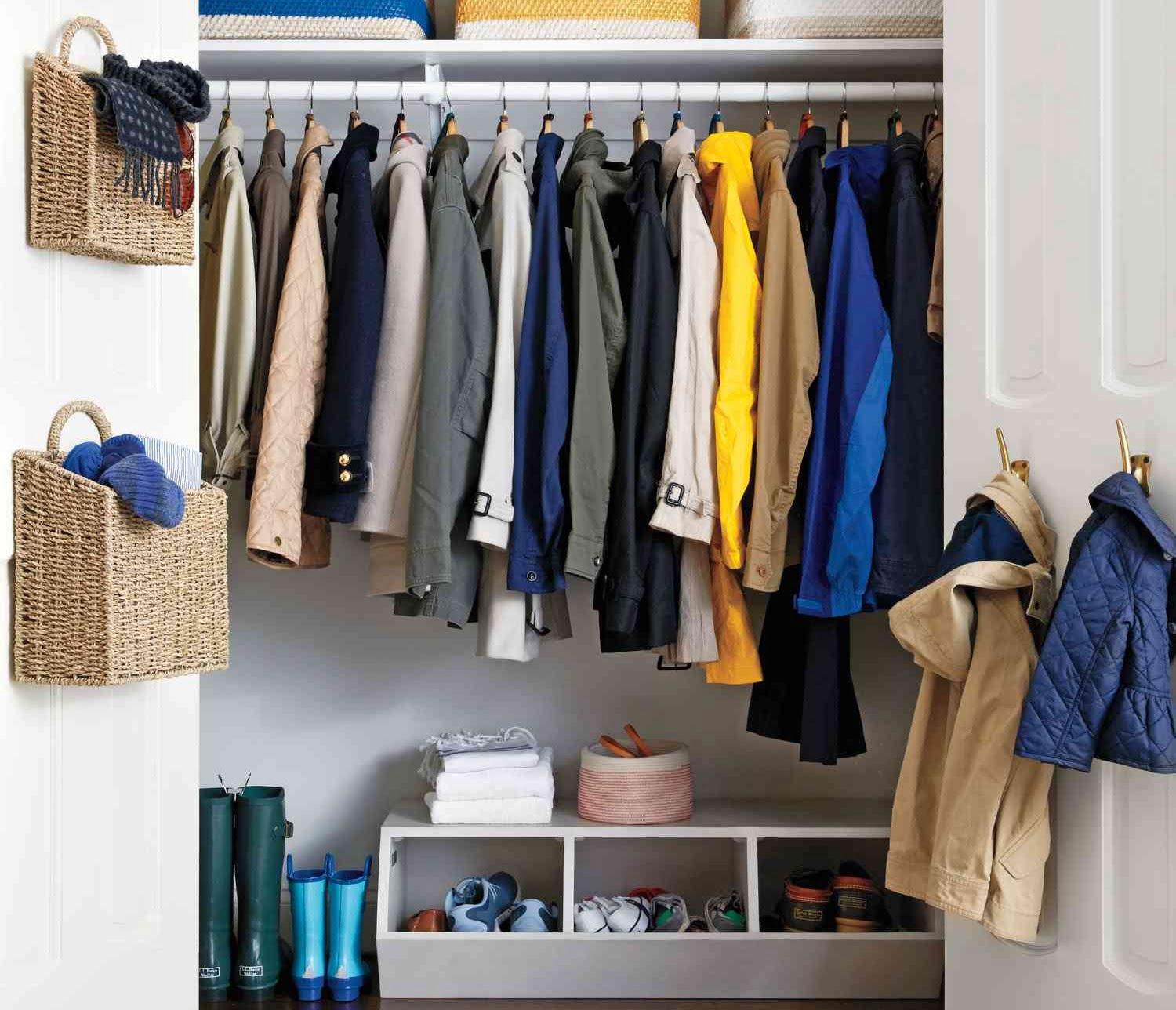
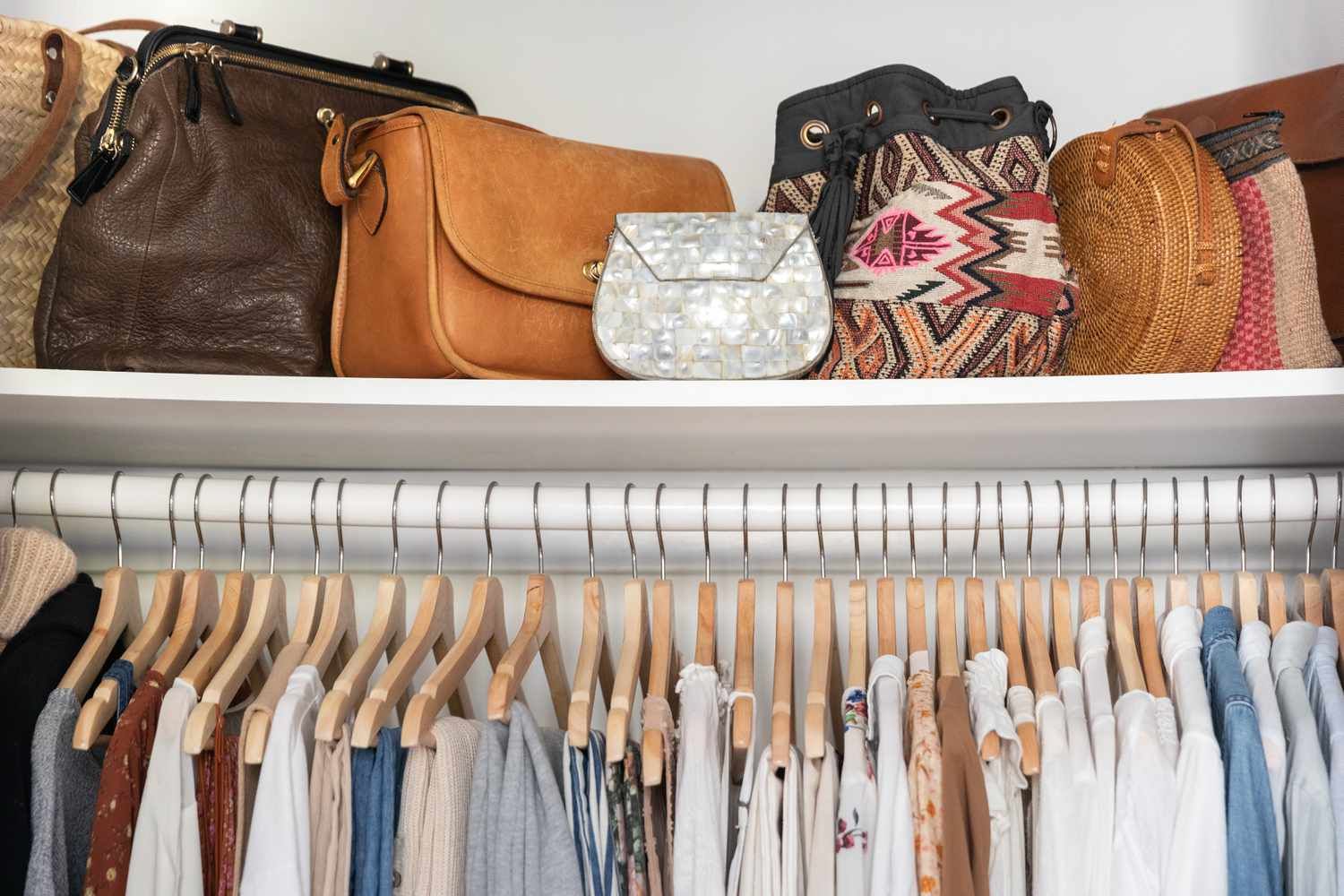
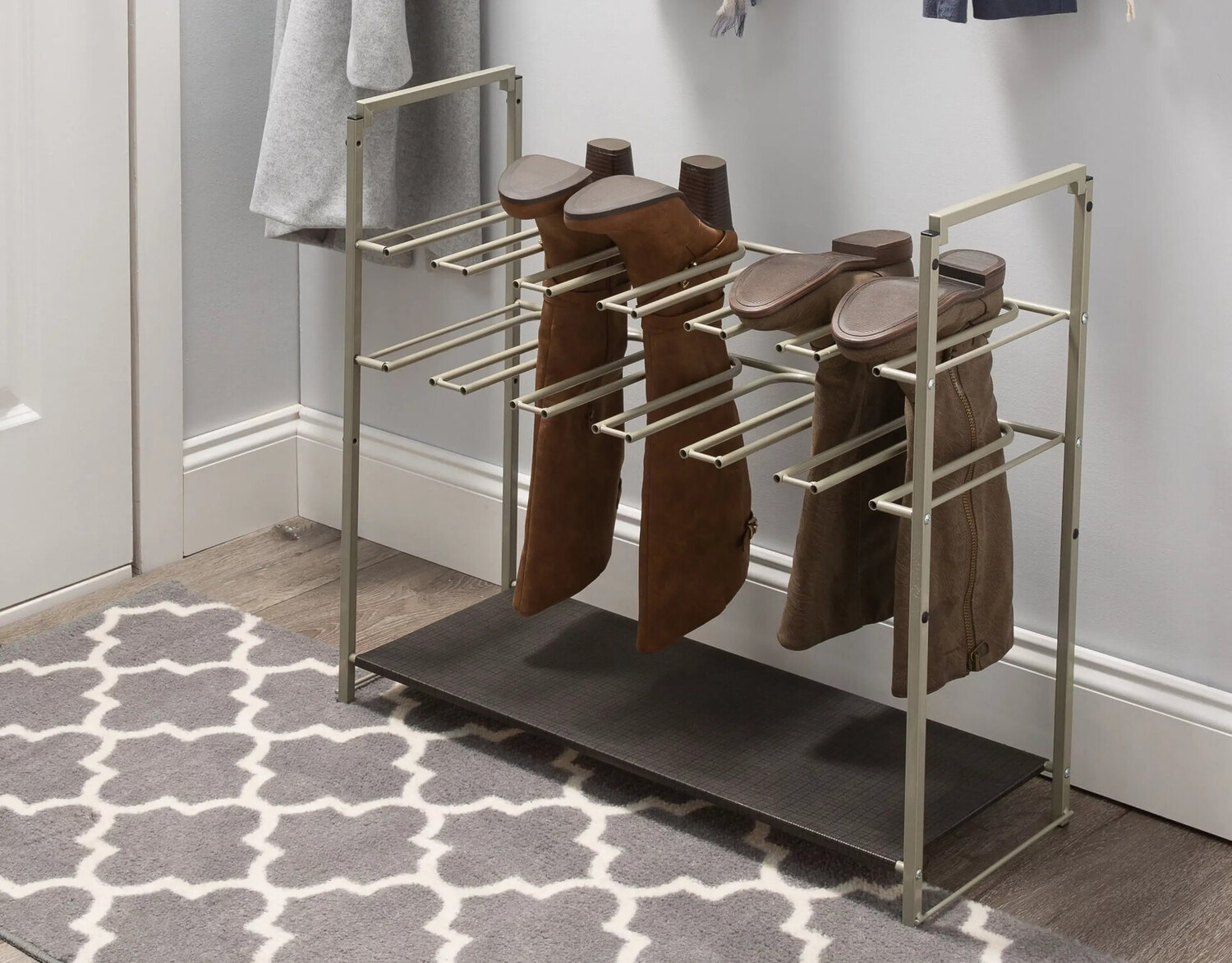
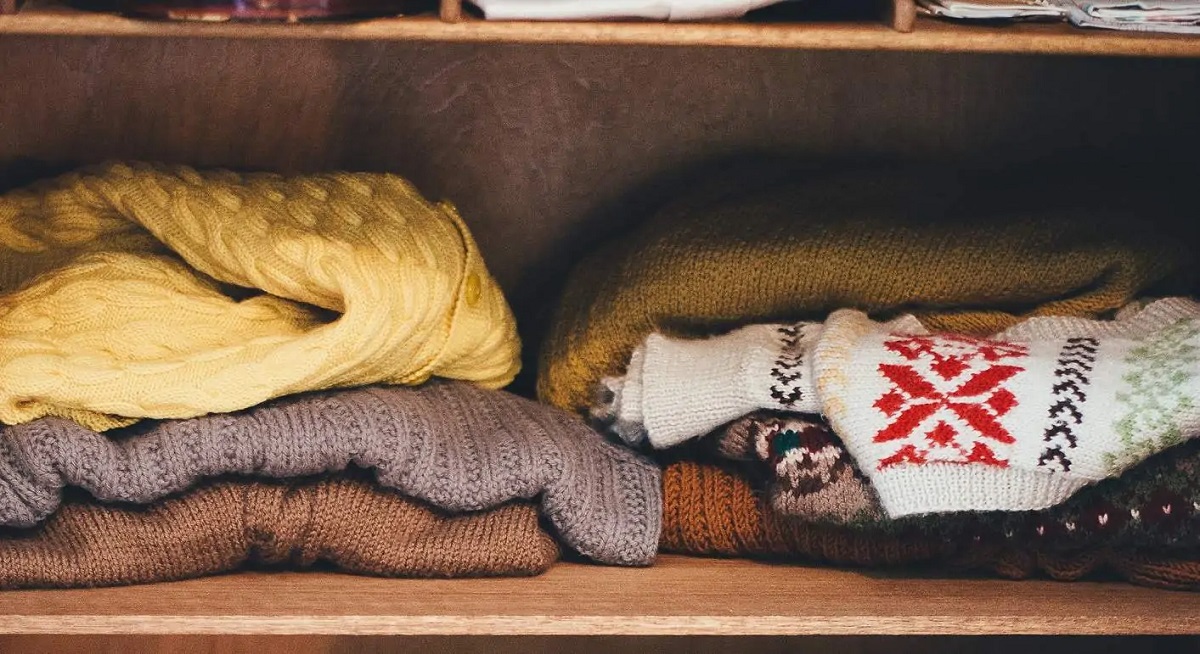
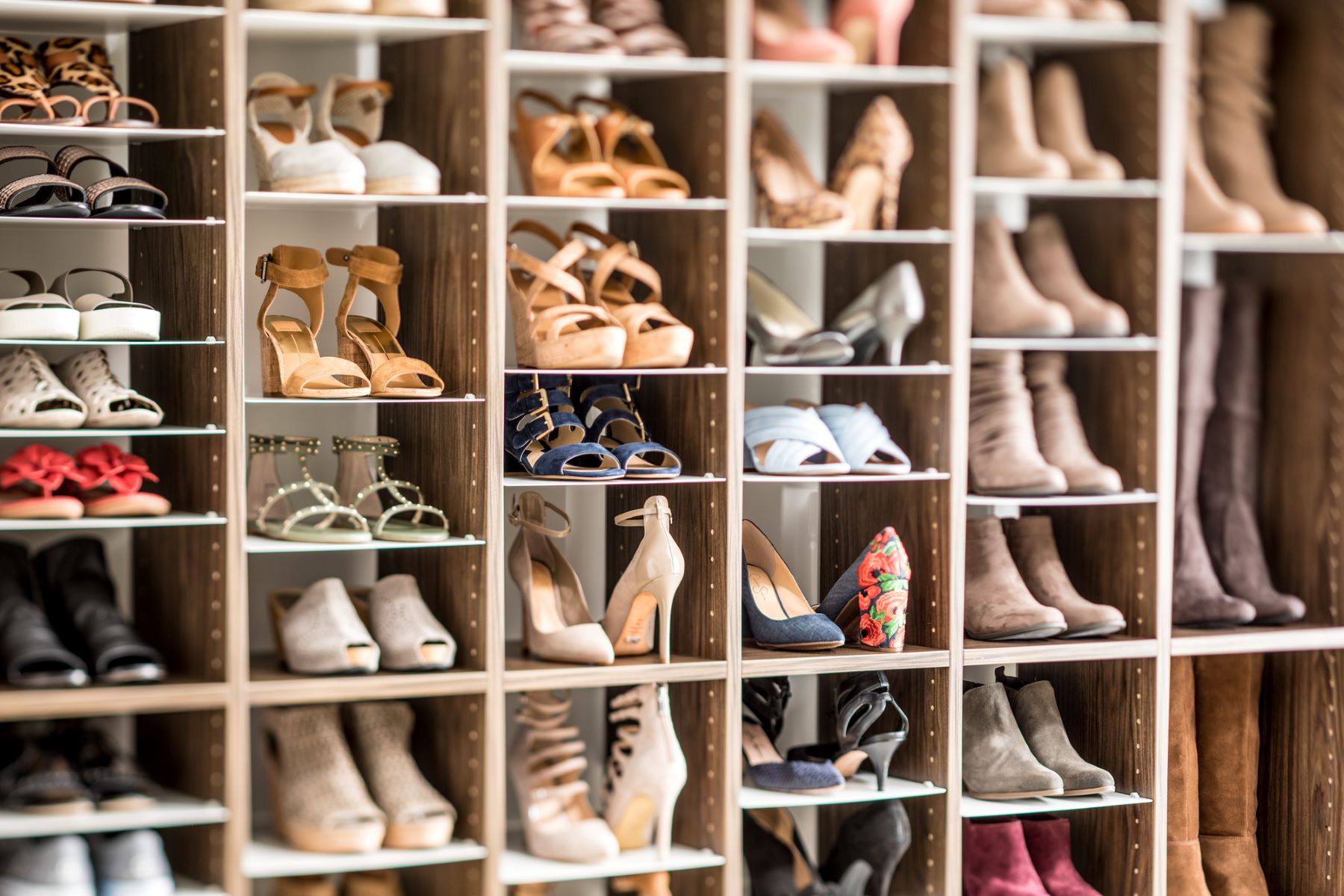

0 thoughts on “How To Store Lots Of Clothes In A Small Space”